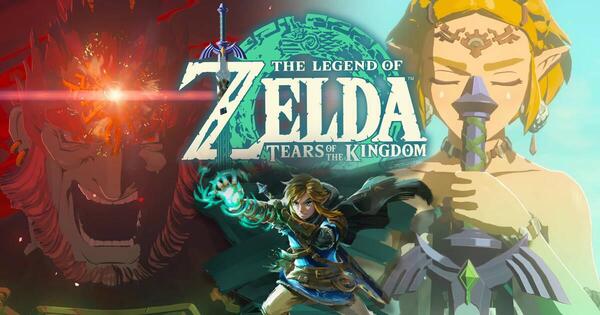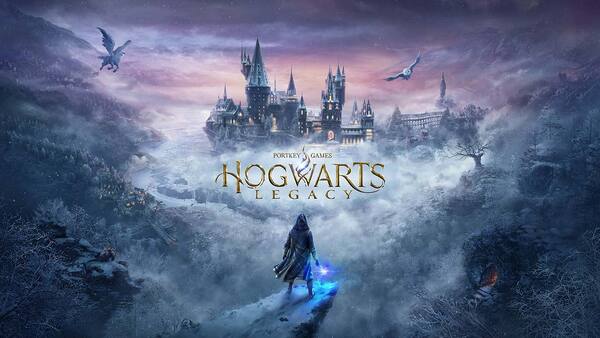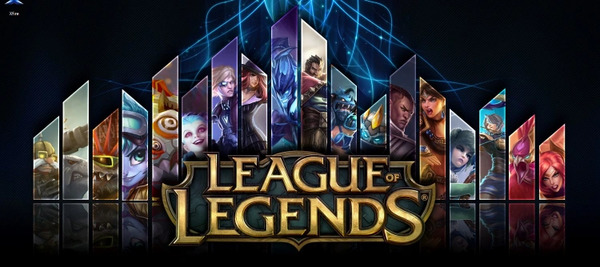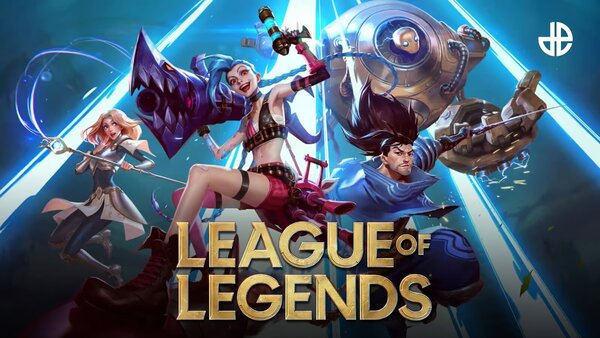Call of Duty is one of the most iconic and commercially successful video game franchises in history. First launched in 2003, the series has grown from a World War II first-person shooter into a multimedia powerhouse spanning modern warfare, futuristic combat, battle royale experiences, and mobile gaming. Developed by multiple studios under Activision, Call of Duty has set benchmarks in gameplay design, storytelling, and online multiplayer competitiveness.
This comprehensive article walks through the franchise’s development across time, highlights its gameplay innovations, examines its cultural impact, and provides detailed pros and cons. Whether you are a veteran soldier or a newcomer to the battlefield, this guide offers an expert lens on why Call of Duty remains a titan in the gaming world.
1. Origins and World War II Beginnings (2003–2006)
Call of Duty made its debut in 2003, developed by Infinity Ward and published by Activision. It quickly gained attention for its cinematic take on World War II, offering players intense, immersive battle scenarios inspired by real historical events. Unlike many shooters at the time, Call of Duty emphasized squad-based tactics, authentic weapons, and varied perspectives from different Allied nations.
Call of Duty 2 and Call of Duty 3 continued the World War II focus, refining visuals and combat mechanics. These early titles introduced players to large-scale war environments and emphasized realism in sound design and character behavior. The franchise earned critical acclaim and began building a loyal fan base that appreciated historical authenticity and action-packed gameplay.
Rating: 4.7 out of 5 for historical authenticity and gameplay foundation
2. A New Era: Modern Warfare Revolution (2007–2011)
In 2007, Call of Duty 4: Modern Warfare redefined the franchise and the first-person shooter genre as a whole. Moving away from historical warfare, Infinity Ward set the game in a fictional modern-day conflict. The story, centered on terrorism, nuclear threats, and geopolitical tension, introduced memorable characters like Captain Price and Soap MacTavish.
The game’s tight gunplay, cinematic missions, and groundbreaking multiplayer mode raised the bar. Killstreak rewards, perks, and weapon attachments added depth to online matches. Modern Warfare 2 (2009) and Modern Warfare 3 (2011) expanded the narrative while fine-tuning multiplayer balance, map design, and customization.
These titles ushered in a new generation of competitive shooters and helped make Call of Duty a cultural phenomenon. The franchise began dominating sales charts annually, and online multiplayer became a central pillar of the experience.
Pros: Genre-defining multiplayer, compelling modern storylines, iconic characters
Cons: Some missions sparked controversy, high skill gap in online play
Rating: 5 out of 5 for impact and innovation
3. Black Ops and Cold War Espionage (2010–2015)
While Infinity Ward advanced the Modern Warfare storyline, Treyarch developed the Black Ops sub-series, starting with Call of Duty: Black Ops in 2010. Set during the Cold War, the game featured mind control experiments, espionage missions, and gritty underground warfare. It introduced complex characters like Alex Mason and Frank Woods.
Black Ops II in 2012 added branching storylines and futuristic missions, blending political thriller with military tech. The Black Ops series became known for its darker tone, experimental mechanics, and emphasis on narrative choice. Meanwhile, the iconic Zombies mode—originally a side feature—grew into a massive co-op experience with its own mythology and fanbase.
These games emphasized storytelling innovation while retaining the franchise’s trademark fast-paced gunplay. They also refined competitive multiplayer with scorestreaks, Pick 10 class systems, and league play.
Rating: 4.8 out of 5 for narrative depth and game mode variety
4. Venturing into the Future: Advanced Warfare and Infinite Warfare (2014–2017)
As players began to experience fatigue from traditional military settings, Activision explored futuristic directions. Call of Duty: Advanced Warfare (2014) introduced exosuits, laser weapons, and jetpack movement. Developed by Sledgehammer Games, it was praised for fresh mobility mechanics and a strong performance from actor Kevin Spacey in the campaign.
Black Ops III and Infinite Warfare took things further, launching players into cybernetic warfare and space combat. These entries divided fans. Some appreciated the innovation and fresh sci-fi take, while others felt the franchise strayed too far from its grounded roots.
Despite the mixed reception, the gameplay remained polished, and the multiplayer systems continued to evolve with new customization, specialists, and vertical movement.
Pros: High-speed movement systems, bold new settings, deep weapon customization
Cons: Franchise identity drifted, many fans preferred boots-on-ground gameplay
Rating: 4.2 out of 5 for experimentation and risk-taking
5. Back to the Roots: WWII and Classic Warfare Revival (2017–2019)
Following player feedback, Activision brought the franchise back to historical warfare with Call of Duty: WWII in 2017. Developed by Sledgehammer Games, the title emphasized grounded combat, squad-based action, and narrative realism. It reintroduced players to D-Day, the Battle of the Bulge, and other iconic events with modern graphics and storytelling techniques.
While the campaign was well-received, the multiplayer was seen as a step back in speed and creativity. However, the game proved that classic warfare still held appeal when done with care. It also marked a shift in visual presentation, with more realistic tones and historical uniforms.
This period set the stage for a full franchise revival and recalibration based on fan expectations.
Rating: 4.0 out of 5 for returning to series roots
6. The Modern Warfare Reboot and Technical Leap (2019)
Call of Duty: Modern Warfare (2019) was not a sequel but a complete reboot of the sub-series. It reintroduced Captain Price in a grittier, more cinematic style. The campaign focused on morally gray areas of war, including civilian casualties and guerrilla tactics. Its darker tone and narrative realism were praised by critics.
On the multiplayer side, it introduced a new engine, cross-platform play, and the controversial but popular 2v2 Gunfight mode. The gunsmith system allowed extensive weapon customization. Realistic audio design, clean visuals, and responsive gunplay made it a technical benchmark for the series.
This reboot marked a major turning point and laid the foundation for future content expansions and battle royale integration.
Pros: Technical polish, strong campaign, cross-play functionality
Cons: Initial issues with map flow and camping, large install size
Rating: 4.8 out of 5 for reboot quality
7. Warzone: Battle Royale Domination (2020–Present)
In 2020, Call of Duty launched Warzone, a free-to-play battle royale mode integrated with Modern Warfare and future titles. Featuring up to 150 players on massive maps like Verdansk and Caldera, Warzone offered fast gunplay, team tactics, and mechanics like the Gulag, contracts, and loadout drops.
Warzone quickly became a hit, drawing millions of players and reshaping the battle royale landscape. Regular content drops, seasonal events, and cross-title progression ensured continued interest. The mode became a hub for collaboration between Call of Duty titles, including Black Ops Cold War and Vanguard.
Its accessibility and free-to-play model introduced new audiences to the franchise, while also fostering a competitive ecosystem with streamers and esports tournaments.
Pros: Free-to-play model, strong gunplay, frequent updates and events
Cons: Performance issues on older systems, frequent bugs and balance complaints
Rating: 4.5 out of 5 for accessibility and innovation
8. Mobile Expansion and Global Reach
Call of Duty: Mobile launched in 2019 and became an instant global success, especially in regions like Southeast Asia, India, and South America. Developed in collaboration with Tencent’s Timi Studios, the game features classic multiplayer maps, battle royale, and seasonal content tailored for smartphones.
The game brought console-quality experiences to mobile devices, with responsive controls, impressive visuals, and cross-device progression. Regular updates added modes like Zombies, ranked competitive leagues, and character skins.
This mobile version expanded Call of Duty’s reach and allowed casual gamers to experience the franchise without needing a console or PC.
Pros: Accessible, visually strong for mobile, rich content variety
Cons: Heavy file size, frequent monetization offers
Rating: 4.6 out of 5 for mobile adaptation
9. Community, Culture, and Competitive Scene
Call of Duty is not just a game—it is a cultural movement. Its community spans casual players, esports professionals, streamers, and content creators. From LAN events to Twitch livestreams, the franchise has cultivated a competitive scene through the Call of Duty League (CDL), featuring city-based teams and major international tournaments.
The franchise has influenced popular culture through collaborations with celebrities, films, music, and merchandise. Controversial missions and bold narrative choices have also sparked debates and media attention.
Despite occasional backlash over microtransactions, skill-based matchmaking, and yearly releases, Call of Duty remains one of the most discussed and played franchises globally.
Rating: 5 out of 5 for cultural influence and community scale
10. The Future of Call of Duty
The future of Call of Duty lies in innovation while maintaining core values. Activision has committed to refining Warzone, integrating more advanced anti-cheat systems, and creating smoother cross-platform experiences. Upcoming titles like Call of Duty: Black Ops Gulf War aim to combine historical relevance with modern mechanics.
There is also speculation about AI integration, dynamic weather systems, and narrative-driven multiplayer experiences. Activision’s acquisition by Microsoft may lead to greater resources, improved development cycles, and broader platform integration.
As gaming continues to evolve, Call of Duty is poised to adapt, innovate, and remain a dominant force in both entertainment and esports.
Rating: 4.8 out of 5 for future adaptability
Conclusion: A Legacy of War, Reinvention, and Entertainment
Call of Duty has transformed from a niche World War II simulator into a global entertainment powerhouse. Its evolution reflects not only advancements in game design and technology but also the shifting tastes of gamers worldwide. With an unmatched catalog of titles, memorable characters, competitive edge, and cultural relevance, it continues to define and redefine the first-person shooter genre.
While not every installment has been perfect, the franchise’s ability to reinvent itself while retaining a strong identity is a rare feat in the gaming industry.
Final Overall Rating: 4.7 out of 5
Call of Duty’s legacy is one of power, precision, and perseverance—and with no signs of slowing down, its war for relevance continues.
































